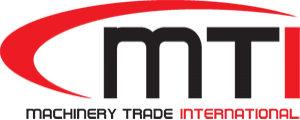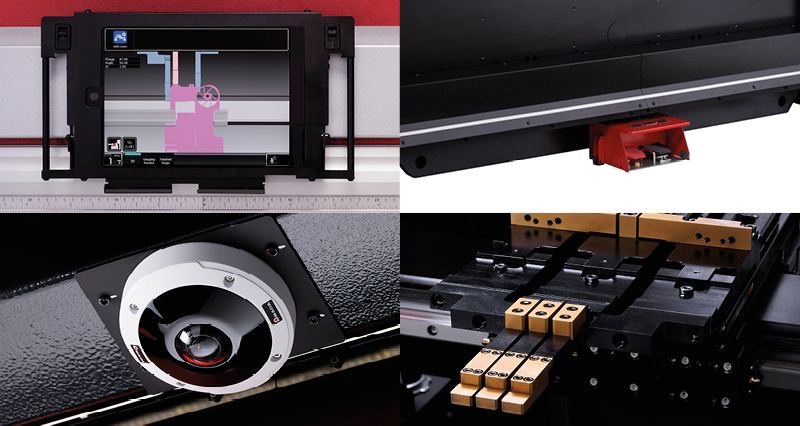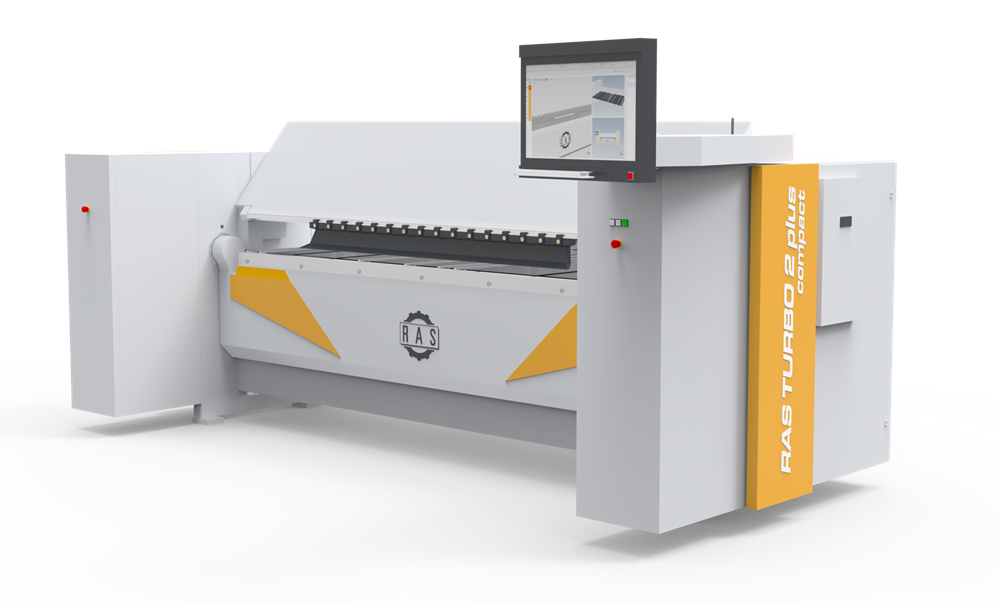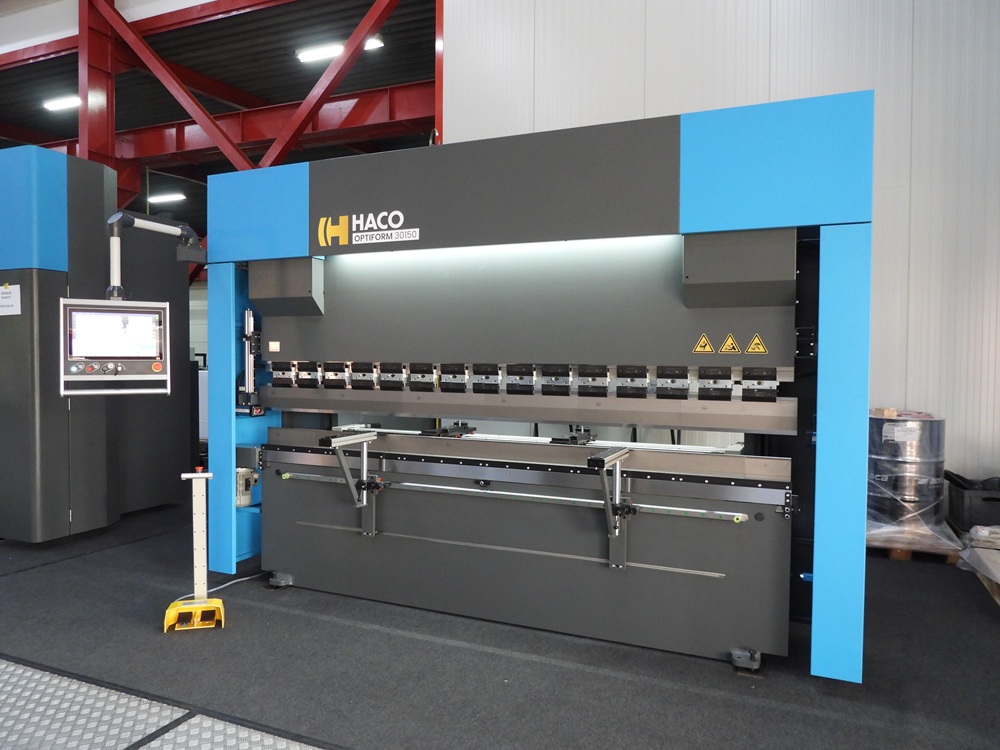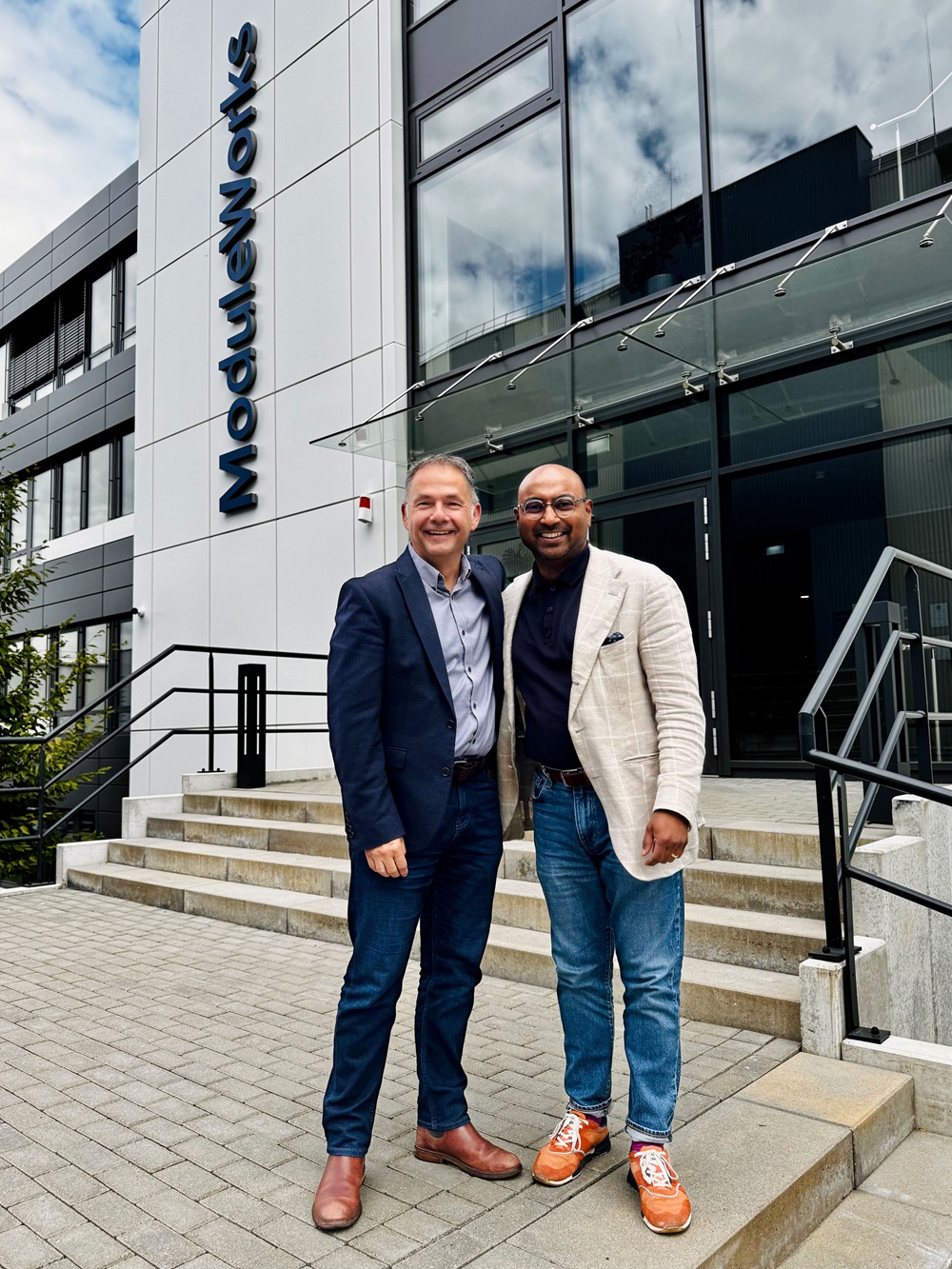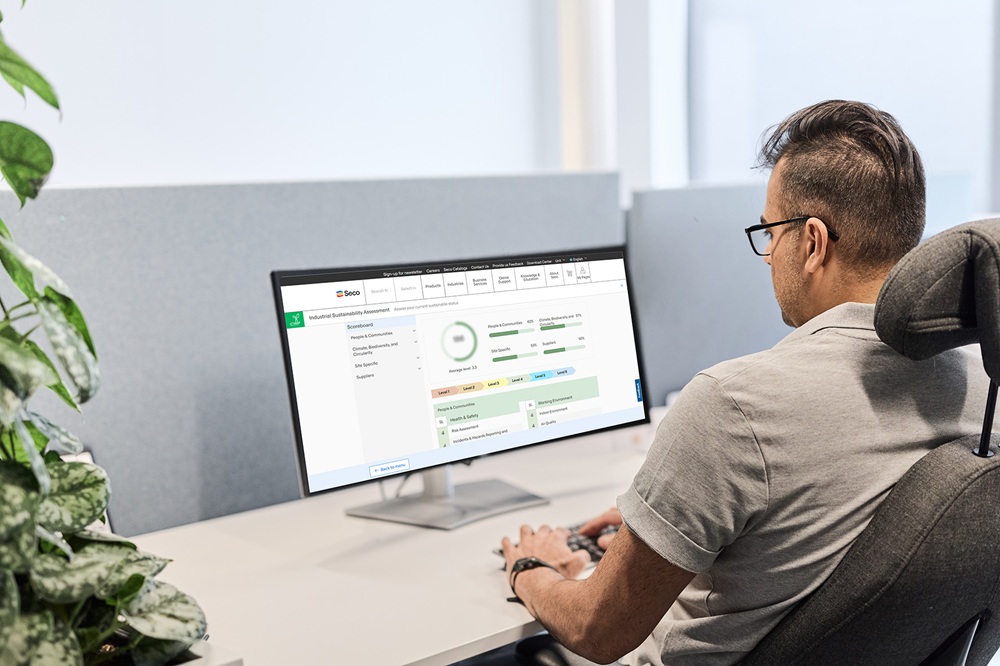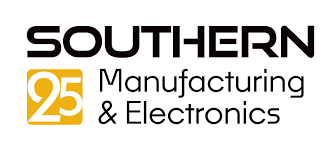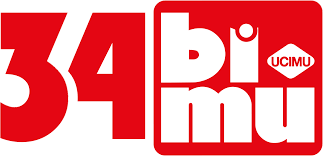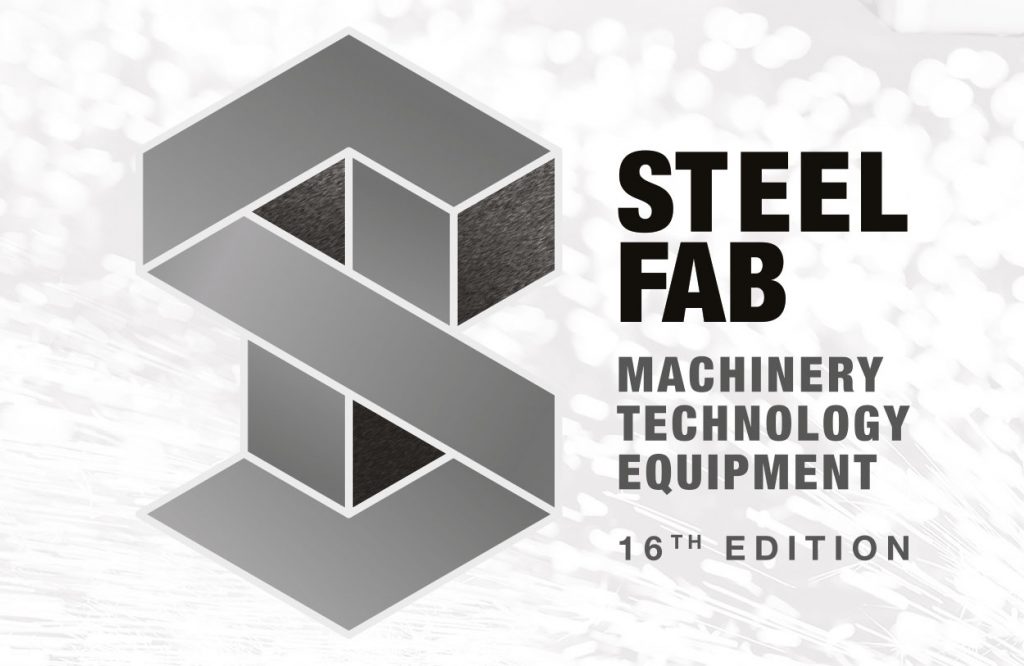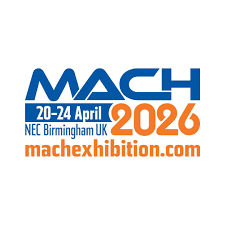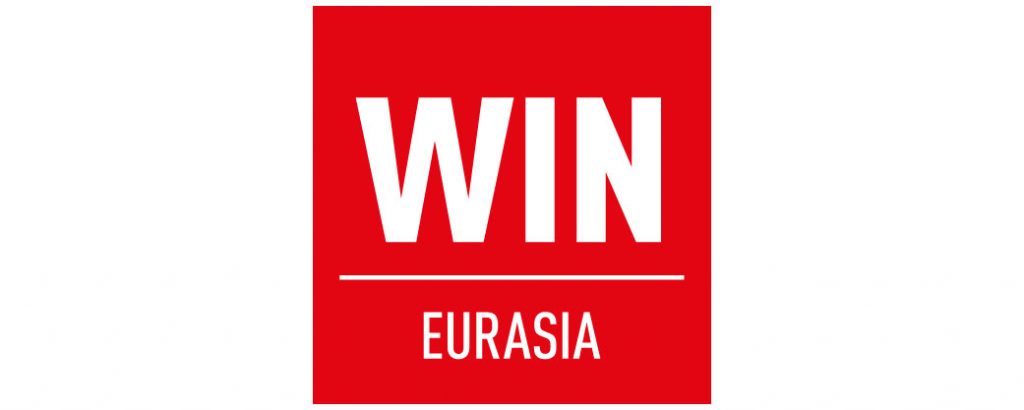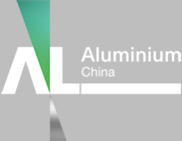Amada has introduced the EGBe series, a fully electric, intelligent, functional and high-performance bending machine that aims to transform manual bending. Cited as the easiest machine to operate on the market, the EGB-ATCe evolves upon the existing automated tool changer employed by the HG-ATC and HRB-ATC. According to Amada, the machine is extremely productive with high part output, even by less experienced operators.
The EGB-ATCe is packed with the latest technology to aid operators, ensure accuracy and protect the environment. This includes a new servo-drive and electric crowning system, a new triple back-gauge with AR technology, voice control, and an evolution of Amada’s bending indicator technology.
Amada’s latest AMNC 4ie numerical control centralises and integrates the management of all the new features to achieve high productivity and the highest performance available on the market, reports the company. Additionally, services such as tablet HMI and fully automatic offline programming are all integrated, reducing unproductive times and supporting the operator, who just has to manipulate the part to bend.
Amada developed the VPSS 4ie BEND offline programming suite to create the bending program automatically based on the correct unfolded part. This capability allows the operator to process it without the need for any manual adjustment, which is autonomously managed by the machine itself through the new and faster Bi-SII bending indicator.
The bending indicator takes care to compensate for the position of the upper and lower beams, achieving high bending linearity. The resulting angle is displayed on the tablet HMI, which is always positioned in front of the operator, enabling them to immediately confirm the accuracy of the part without wasting time with the manual inspection.
More information www.amada.eu
